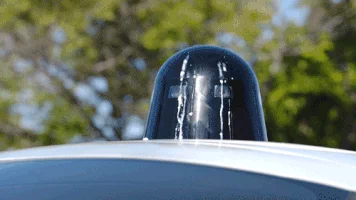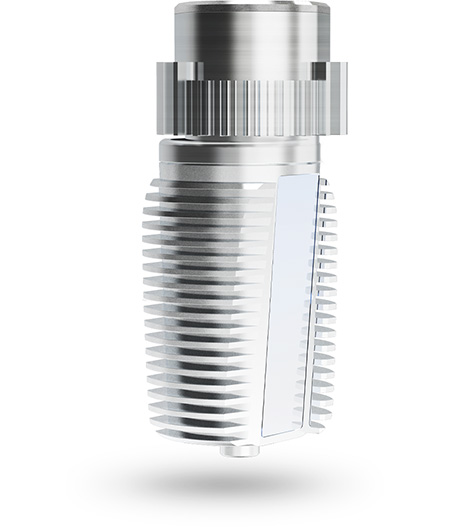That was a guess from a The Verge journalist without knowledge of the industry who talked about rumors of what a SDC currently cost. That has absolutely NOTHING to do with Waymo who has mature systems and are even using in-house hardware. Although off the shelf hardware are also cheap compared to before.
Waymo cars cost way less.
For example in 2012, their cars cost $125k and they used Velodyne's $75k dome lidar.
Then they developed their own lidar and in 2017 disclosed that the lidar that replaced the Velodyne lidar cost 90% less.
This means their 360 dome lidar cost $7,500.
In 2018 Waymo started selling their surround perimeter lidar (honeycomb) for under $5k.
There are 5x of those on their cars. So if they are selling it for under $5k, it means the actual cost to make would be able 70% or less of the retail cost. So that would put the sensors at $3,500 per lidar.
Waymo also uses their own in-house built TPU v3, GPU and Intel's CPU. Knowing how cheap chips are and since they are also using their own chip. I can guarantee their entire compute probably cost ~$5,000.
Automotive cameras at scale cost just $10 dollars. Even the new sony camera with 7M camera (IMX324) that supports Mobileye's EyeQ4 and EyeQ5 compared to Tesla's 1M camera is cheap at mass scale. However some SDC companies development cars use Blackfly GigE cameras which cost ~$800. But lets say Waymo is using the most sophisticated camera and lens out there and they are able to reduce the cost to a conservative $150 which they usually do. Their new system has 29 cameras.
Waymo has 4x radar systems. Radars are really really cheap and are around ~$100 at automotive scale. However Waymo said they created a whole new type of radar(4D imaging radar). So let's say each system cost $500.
So total:
- 1x Dome = $7,500 (as of 2017)
- 5x Honeycomb = $3,500 x 5 = $17,500 (as of 2019)
- 29x Cameras = $150 x 29 = $4350
- 4x Radar systems = $500 x 4 = $2,000
- TPU, GPU & CPU = $5,000
Total = $39,850
This is without even taking into account their 2020 reduction of the cost by half.
Waymo to start selling standalone LiDAR sensors – TechCrunch
Lidar - Laser Bear Honeycomb – Waymo




